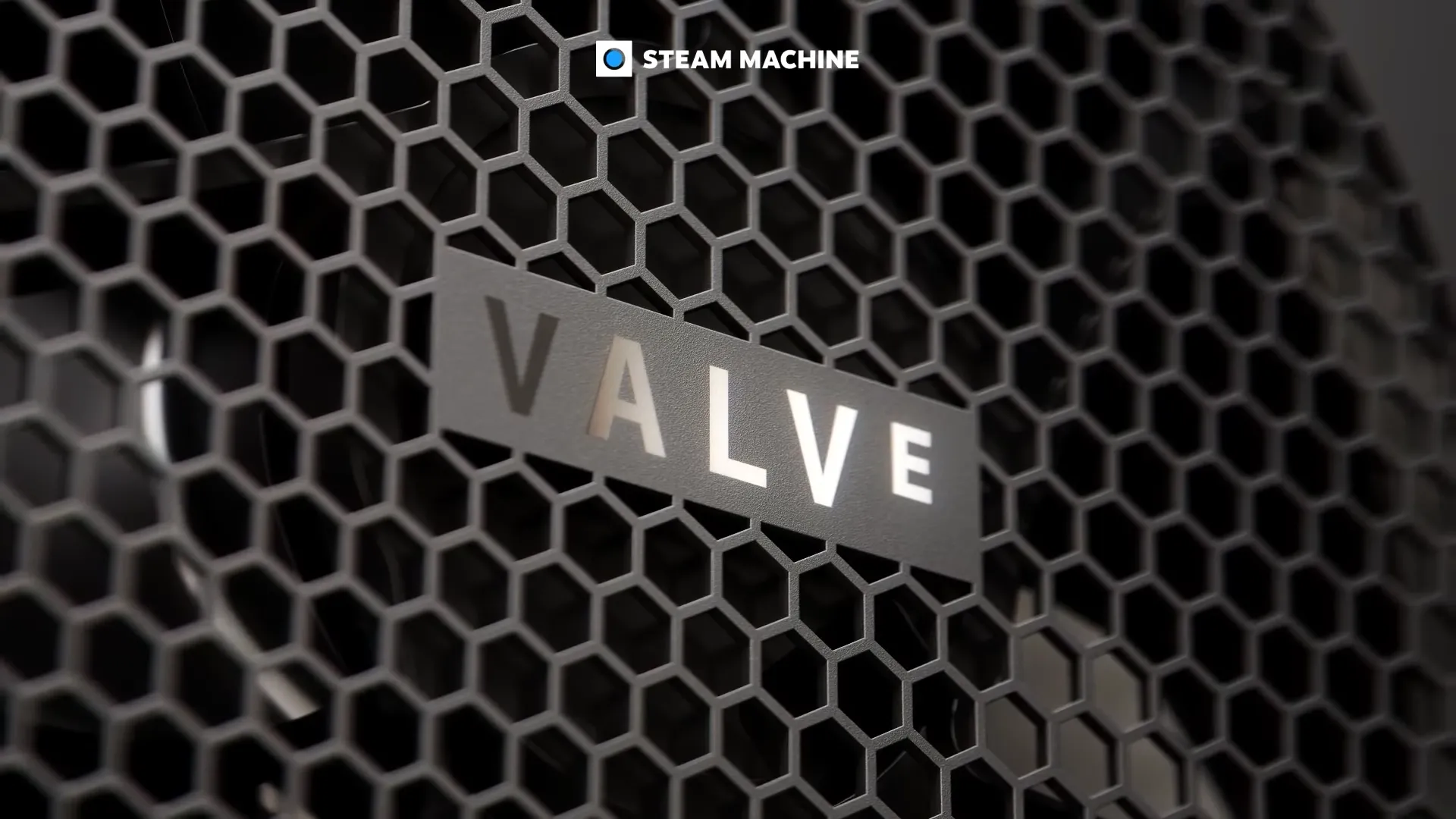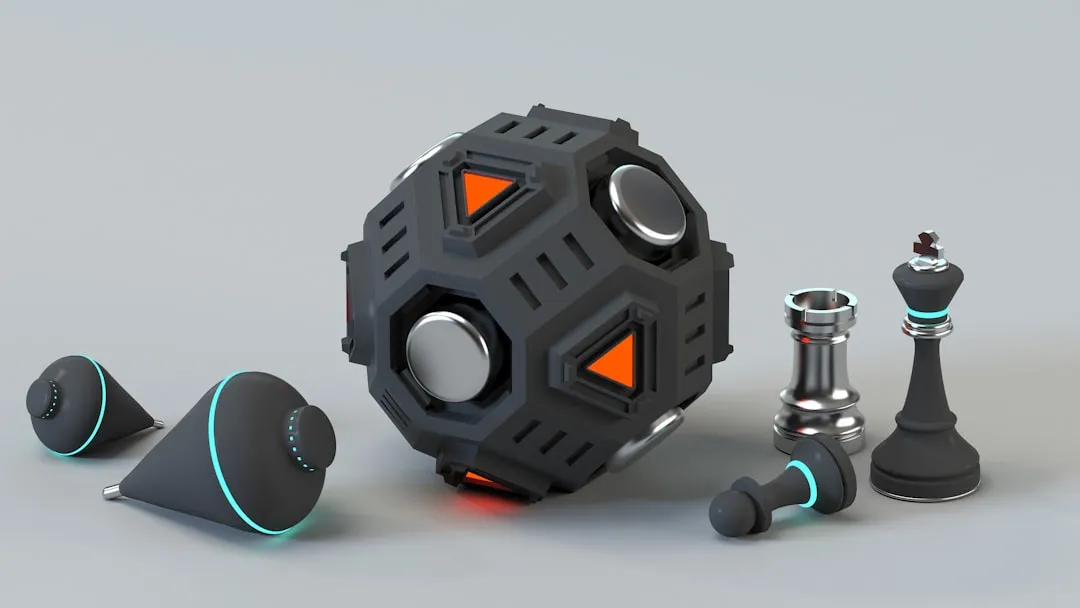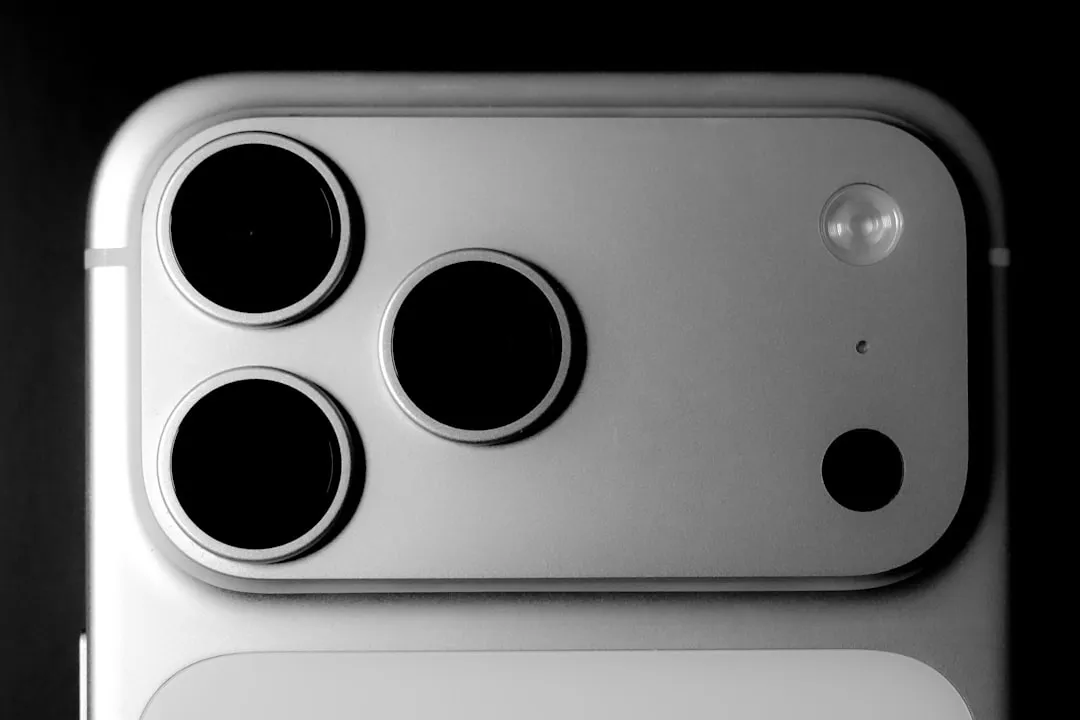When Valve launched the Index VR headset in 2019, it set the PC VR bar. Five years later, Valve has officially ceased production of its flagship Index VR headset, a curtain call that hints at something very different. Not a routine refresh. A strategic pivot that points to broader VR accessibility and to Valve preparing the Steam Frame for an early 2026 debut.
The timing might surprise you, since the Index still held its own in the VR mix. Yet Valve is not chasing half steps. It is rethinking VR for a wireless world, the kind where cable clutter, base stations, and room prep stop being excuses to skip a quick session.
Why Valve pulled the plug on a VR success story
Why kill a headset that still sold? The Index currently holds about 15% of the Steam VR user base, impressive for a $999 device showing its age on paper. The why comes down to Valve's stance on invention over iteration.
According to Valve engineer Jeremy Selan, the goal was to build "something new," not a warmed over spec bump. The Index had structural baggage, it needed external base stations, careful room setup, and a bit of calendar planning before you even put it on.
Road to VR points out that Index owners chose their game before they even stepped into VR, friction that grew obvious as Meta pushed grab and go headsets. No spur of the moment drop in, you needed a cleared space and a plan.
The numbers lined up too. Revenue charts from Steam revealed a declining trend starting six to eight months after the Steam Deck arrived. That timing suggests Valve shifted factory attention to its handheld hit, demand that lived outside the desk bound PC setup.
Crucially, the slide did not stem from unhappy owners. The Index stayed beloved for comfort, audio, and rock solid tracking. The market just moved, as standalone and wireless became the norm, a tether started to feel like a museum piece.
Steam Frame represents a fundamental shift in VR philosophy
Instead of the expected "Index 2," Valve rewrote the playbook. The Steam Frame runs SteamOS, it works alone for native games, and it doubles as a high fidelity wireless receiver for PC content.
The specs back it up. According to Upload VR, the Frame uses dual 2160×2160 LCD panels, a clear step up from the Index at 1440×1600. The bigger story is how that fidelity arrives without cables or base stations.
IGN reports a Snapdragon 8 Gen 3 and 16GB of RAM, enough to run games on board while handling top tier PC streaming. That two way approach rides on what Ars Technica details, a dedicated 6GHz Wi‑Fi 6E link that talks directly to your gaming PC with low latency.
The clever twist is eye tracking that powers foveated streaming. As IGN explains, the headset renders full detail where you are looking and trims elsewhere, saving bandwidth while keeping the image crisp where it matters. That was not realistic when the Index was conceived, the kind of jump that makes a clean break worth it.
Four onboard cameras handle inside out tracking, so no lighthouse boxes on your walls, no occlusion dead zones to worry about.
What this means for existing Index owners and the VR market
If you own an Index, the upgrade path is a mixed bag. The big gotcha is tracking, according to TechBuzz, the Frame uses inside out tracking, so lighthouse base stations will not pair with it. Your existing tracking setup becomes a museum piece too.
The library survives. Valve keeps SteamVR content backward compatible, so your games stay put. You will just reach them differently, and the Frame's streaming tricks can potentially make them feel sharper and more responsive.
Zooming out, Road to VR notes a total weight of 435 grams, which puts the Frame among the lightest fully featured standalones. Pair that with Valve's promise of pricing below the Index's $999 threshold, and Valve is set up to meet Meta's Quest line head on while keeping a premium feel.
Modularity could widen the tent. Upload VR reports that Valve will share CAD files and electrical specs with third parties, a move that invites a broader accessory scene, from comfort tweaks to fresh input ideas.
For the industry, the message is blunt, remove barriers while raising the ceiling. The age of taped floor boundaries and multi step setup is fading, systems should adapt to people, not the other way around.
The end of an era, the beginning of something bigger
Retiring the Index is not just a product change, it is a rethink of VR's place in everyday gaming. The Index era asked for room scale diehards with space to spare. The Frame era promises a quick on ramp that sits next to your PC habits instead of apart from them, fewer mental hoops, fewer physical ones.
That shift mirrors a wider bend toward flexible, user first design. Road to VR emphasizes that the Frame can run VR and traditional games locally or stream them from a PC, Valve framing VR as part of one ecosystem, not a cordoned off category.
The practical upside goes beyond spec sheets. By making the Frame both a standalone device and a wireless PC accessory, Valve is betting on situational flexibility over platform walls. Killing time on a trip, run a lighter title on the Snapdragon. Chasing the latest VR blockbuster with your RTX 4090, stream it, let foveated rendering focus the detail where your eyes land.
With an early 2026 window on the calendar, confirmed by multiple sources, we will see soon enough if the pitch holds. The foundation looks sturdy, fast wireless streaming, eye tracking that trims the fat, and the compute headroom to shift modes on the fly.
If you loved the Index for precision and reliability, the Frame reads as both sequel and reboot. It keeps Valve's quality bar high, it leans into wireless access that mainstream VR now needs. Saying goodbye to the Index stings a little, sure, but it feels like the first step toward making VR effortless.




























Comments
Be the first, drop a comment!